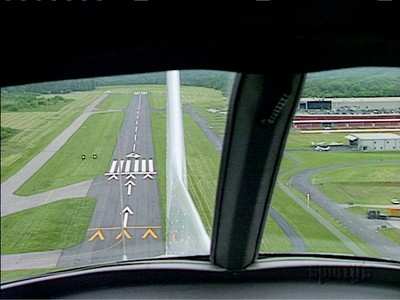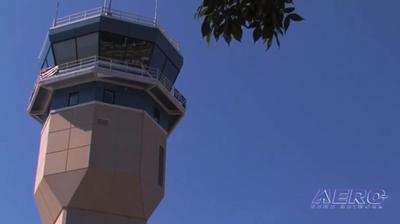Surprisingly; Sam Graves Has Resportedly Offered Support For Reworked Proposal
EAA today joined a consortium of general aviation groups united in opposition to legislation introduced by Rep. Bill Shuster (R-Pennsylvania), which includes provisions to turn the nation's air traffic control infrastructure and services to a privatized, non-profit board dominated by commercial aviation interests.

The joint statement came from EAA, AOPA, NBAA, NATA, GAMA, and HAI:
"As we have previously stated, privatizing ATC is a bad solution in search of a nonexistent problem," said Jack J. Pelton, EAA CEO and Chairman. "The unknown costs, transition, and fallout from this plan would be extremely harmful to general aviation. EAA supports modernization of the American airspace system, and progress is happening with the input of all the system's stakeholders. This new legislation would do nothing to solve any current technology or efficiency issues, while undermining the world's most extensive general aviation system and disrupting the world's largest and safest air traffic control system."
The full text of the joint aviation group letter is included below:
General Aviation Groups United In Opposition To Air Traffic Control Privatization
General Aviation is an important American industry that generates over $219 billion in total economic output, supports 1.1 million jobs, and includes a network of thousands of airports and heliports that connect many rural communities to the rest of the world.

After a thorough and detailed review of Chairman Bill Shuster's (R-PA) proposal to remove our nation's air traffic control operations from the Federal Aviation Administration (FAA), we have concluded that these reforms, while well intentioned, will produce uncertainty and unintended consequences without achieving the desired outcomes.
We believe Chairman Shuster has raised the issue of reform in a meaningful and thoughtful manner and while we enjoy the safest most efficient air traffic control system in the world, we also believe that reforms, short of privatization, can better address the FAA's need to improve its ability to modernize our system.
We have concluded that any structural and governance reforms that require protections for an important sector of users is fundamentally flawed.

In addition, the billions of dollars and time that would be spent transitioning our nation's air traffic control system to a not-for-profit entity can be better applied to the continuing progress to update and modernize our air traffic control system.
Moreover, with strong bipartisan opposition in both the House and Senate to remove air traffic control operations from the FAA, we believe efforts should focus on developing a long-term FAA Reauthorization that creates the stability and funding necessary and that can reach the President's desk for signature.
We are committed to addressing needed reforms that create predictable and stable funding for the FAA including biennial budgeting, consolidating unneeded and outdated facilities, procurement, and certification reforms, and putting to use some of the balance from the Airways and Airport Trust Fund to expedite technology deployment. We are ready and willing to work with all industry stakeholders and Congress to advance the consensus needed to improve our current system.
We strongly believe finding agreement on these reform issues will provide the FAA with the tools necessary to ensure that our nation's air traffic control system remains the envy of the world.



 ANN's Daily Aero-Term (05.01.24): Say Altitude
ANN's Daily Aero-Term (05.01.24): Say Altitude ANN's Daily Aero-Linx (05.01.24)
ANN's Daily Aero-Linx (05.01.24) Classic Aero-TV: Korean War Hero Twice Reborn
Classic Aero-TV: Korean War Hero Twice Reborn Airborne 04.29.24: EAA B-25 Rides, Textron 2024, G700 Deliveries
Airborne 04.29.24: EAA B-25 Rides, Textron 2024, G700 Deliveries Airborne Affordable Flyers 05.02.24: Bobby Bailey, SPRG Report Cards, Skydive!
Airborne Affordable Flyers 05.02.24: Bobby Bailey, SPRG Report Cards, Skydive!








